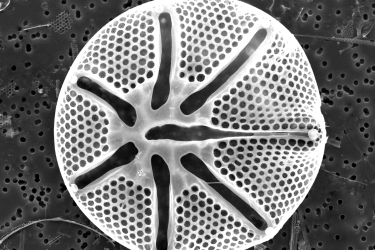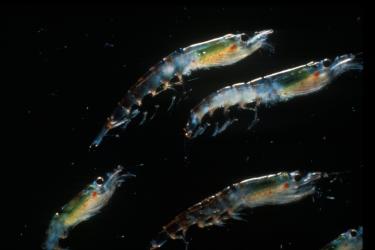As the NOAA Ship Bell M Shimada surveys acoustic transects this year, it will be accompanied by 4 Saildrones (Saildrone, Inc.). We'll describe these innovative, sailing, data-collecting vehicles in more detail in a future post. Acoustically, Saildrones collect data at two frequencies, 38 and 200 kHz, as compared to the five frequencies (18, 38, 70, 120, and 200 kHz) used by the ship.
The goal of the Shimada-Saildrone mission is to have Saildrones collect acoustic data on a given transect within +/- 3-5 days of the Shimada. With the Shimada surveying much faster (10-11 kt) than Saildrones (~2 kt), the Saildrones will work in pairs to collect data on each transect. Keeping the two platforms in sync is no easy task, as the Shimada moving faster (e.g. fewer trawls than anticipated) or Saildrones moving slower (e.g. low winds = low speeds) than planned can both increase the time offset. The mission's operational approach is to have a Saildrone operator on land, and NWFSC scientists on both land and at sea monitoring the offset and making real-time decisions on having the Saildrones end transects early and/or skip transects to minimize the offset.The photo was taken when the Shimada and Saildrone 1039 were both on transect 4, just north of Point Conception, CA.

Saildrone 1039 as seen from the NOAA Ship Bell M. Shimada on 19 June. Photo: NOAA Fisheries

